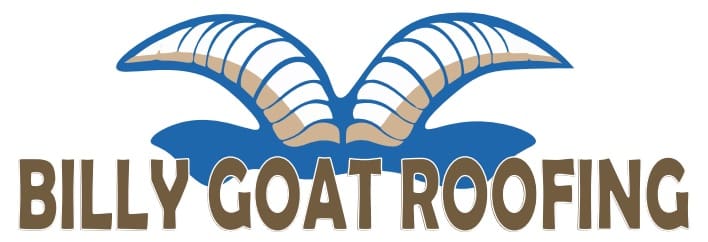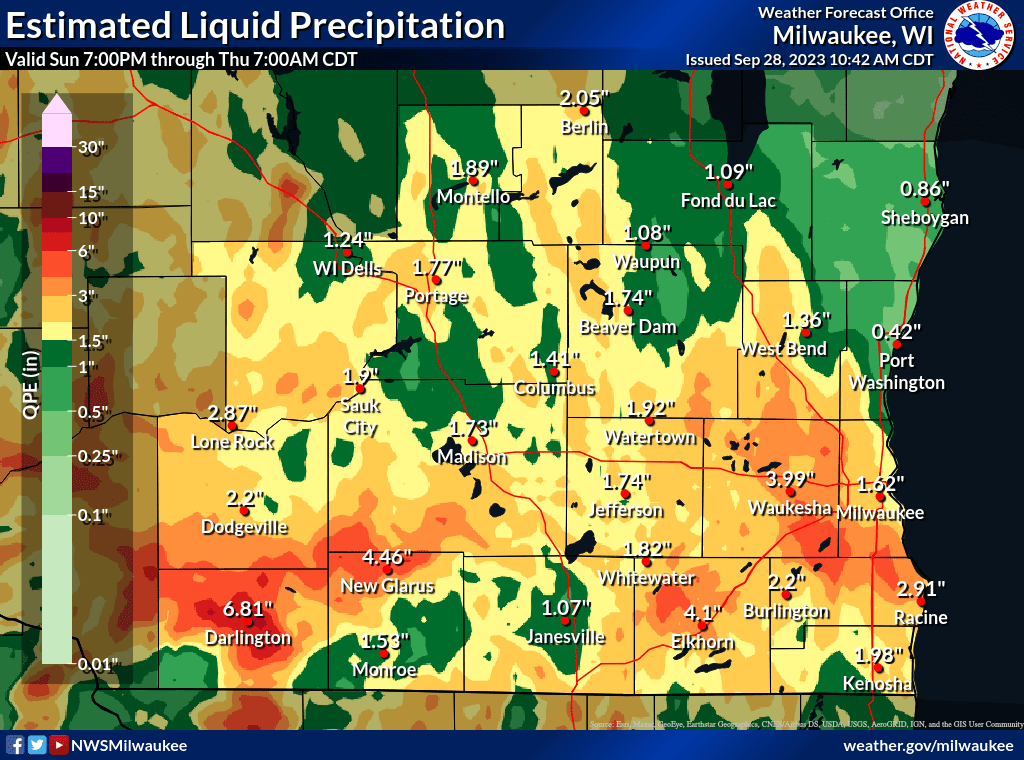Homeownership comes with its joys and challenges, and one of the challenges that can arise unexpectedly is damage to your roof due to hailstorms. Milwaukee, with its diverse climate, is no stranger to severe weather conditions, including hail. When your roof bears the brunt of a hailstorm, understanding how to navigate the insurance claims process is crucial to ensuring a smooth and fair resolution. In this comprehensive guide, we will walk you through the steps of dealing with insurance for a homeowners’ roof after hail damage in Milwaukee. From assessing the damage to filing a claim and working with insurance adjusters, this guide is designed to empower homeowners with the knowledge they need to protect their homes and secure the necessary repairs.
Understanding Hail Damage
Hailstorms can wreak havoc on your roof, causing a range of issues from minor cosmetic damage to severe structural problems. Recognizing the signs of hail damage is the first step in the insurance claims process:
- Granule Loss on Asphalt Shingles:
- Hail can dislodge the protective granules on asphalt shingles, exposing the underlying material. Granule loss is a common sign of hail damage and can lead to accelerated wear and tear on the shingles.
- Dents on Metal Roofs:
- Metal roofs are susceptible to dents when struck by hail. These dents may be visible on the metal surface and can compromise the integrity of the roof.
- Cracks or Bruises on Wood Shingles:
- Wood shingles may show signs of cracking or bruising after a hailstorm. This can weaken the shingles and make them more susceptible to water infiltration.
- Damaged or Cracked Tiles:
- Hailstones can crack or damage roof tiles, especially in areas where the hail is larger in size. Cracked tiles can lead to leaks and further structural issues.
- Gutter and Downspout Damage:
- Hail can dent or damage gutters and downspouts. Check for visible signs of impact on these components as they are integral to proper water drainage.
- Leaks and Water Stains:
- The most obvious sign of hail damage is water leaks or stains on the interior of your home. Inspect ceilings and walls for discoloration or signs of water infiltration.
Assessing the Damage
Once you suspect hail damage to your roof, it’s crucial to conduct a thorough assessment to document the extent of the issues. Keep in mind that some damage may not be immediately visible, and it’s advisable to enlist the help of a professional roofing contractor for a comprehensive inspection. Here are steps to assess the damage:
- Exterior Inspection:
- Conduct a visual inspection of your roof from the ground. Look for signs of granule loss, dents, cracks, or other visible damage to shingles, tiles, or metal panels.
- Inspect gutters and downspouts for dents or damage.
- Check for debris on the roof, as hail can dislodge branches or other objects that may cause additional damage.
- Interior Inspection:
- Carefully inspect the interior of your home for water stains or leaks. Check ceilings, walls, and attic spaces for any signs of water infiltration.
- Document any visible damage with photographs or videos, as these will be crucial when filing an insurance claim.
- Professional Roof Inspection:
- Schedule a professional roofing inspection to assess the full extent of the damage. Roofing contractors have the expertise to identify hidden issues and provide a detailed report.
Filing an Insurance Claim
Once you’ve documented the hail damage, the next step is to file an insurance claim. Follow these steps to ensure a smooth and efficient claims process:
- Contact Your Insurance Company:
- Notify your insurance company as soon as possible after discovering the hail damage. Provide them with a detailed description of the damage and request guidance on the next steps.
- Document the Damage:
- Submit the documentation you gathered during your assessment, including photographs, videos, and any reports from professional roofing inspections. Clear and comprehensive documentation strengthens your claim.
- Request an Adjuster Inspection:
- Your insurance company will likely send an adjuster to inspect the damage. Be present during the inspection to point out specific areas of concern and ensure that all damage is accurately documented.
- Obtain Multiple Quotes:
- While waiting for the adjuster’s report, obtain multiple quotes from reputable roofing contractors for the necessary repairs. Having quotes on hand can expedite the claims process and provide a basis for negotiation.
- Review the Adjuster’s Report:
- Once the adjuster completes the inspection, review the written report carefully. Ensure that all identified damage is accurately documented and that the proposed settlement aligns with the quotes you obtained.
- Negotiate if Necessary:
- If there are discrepancies between your contractor’s quotes and the adjuster’s report, engage in open communication with your insurance company. Provide additional evidence if needed and be prepared to negotiate for a fair settlement.
- Approve the Claim:
- Once you are satisfied with the adjuster’s report and any negotiations, approve the claim to initiate the repair process. Your insurance company will provide details on how to proceed with the approved claim.
Working with Contractors
Choosing the right roofing contractor is crucial to ensuring high-quality repairs and a smooth process. We have done hundreds of repair jobs for insurance. Follow these tips when selecting a contractor for hail damage repairs:
- Local Reputation:
- Choose a local contractor with a solid reputation in the community. Local contractors are often more familiar with the specific challenges posed by Milwaukee’s climate.
- Credentials and Insurance:
- Verify the contractor’s credentials, including licenses and insurance. Ensure they have liability insurance and worker’s compensation coverage to protect you and their workers during the repair process.
- Experience with Insurance Claims:
- Select a contractor with experience in working with insurance claims. They should be familiar with the process and able to navigate any potential challenges that may arise.
- Written Contract:
- Before work begins, ensure that the contractor provides a detailed written contract that outlines the scope of work, materials to be used, timeline, and costs. This contract protects both parties and avoids misunderstandings.
- Warranties and Guarantees:
- Inquire about warranties and guarantees on both materials and workmanship. A reputable contractor stands behind their work and should offer warranties that provide peace of mind.
- Communication:
- Maintain open communication with your chosen contractor throughout the repair process. Address any concerns promptly and stay informed about the progress of the work.
Legal Disclaimer:
The information provided in this blog post is for general informational purposes only and does not constitute legal or insurance advice. Every insurance policy and claim is unique, and the specific terms and conditions of your policy may vary. It is essential to review your insurance policy documents carefully and consult with a licensed insurance professional or attorney for personalized guidance regarding your insurance coverage and claims process. Additionally, the examples provided in this blog post are for illustrative purposes only and may not apply to every situation.
Conclusion
Dealing with insurance for a hail-damaged roof in Milwaukee can be a challenging process, but with the right knowledge and approach, homeowners can navigate it successfully. From assessing the damage to filing a claim, working with adjusters, and selecting contractors, each step is crucial to ensuring that your home is restored to its pre-damaged state. By being proactive, documenting damage thoroughly, and collaborating with experienced professionals, you can confidently tackle the challenges posed by hailstorms and protect your most significant investment – your home. Remember, a well-handled insurance claim not only facilitates timely repairs but also contributes to the long-term resilience and value of your property in the face of unpredictable weather

